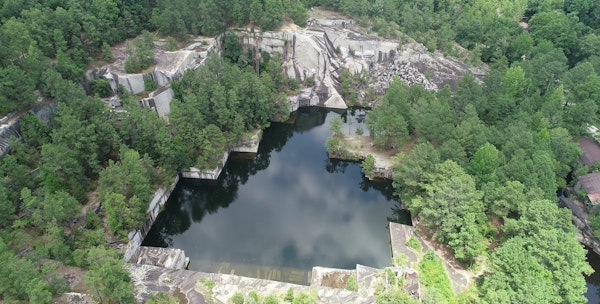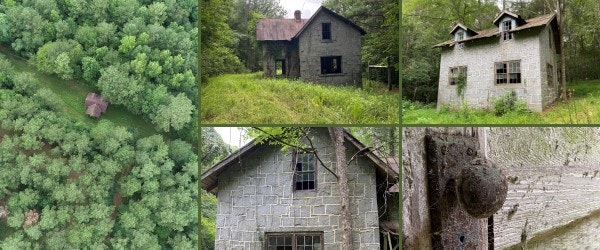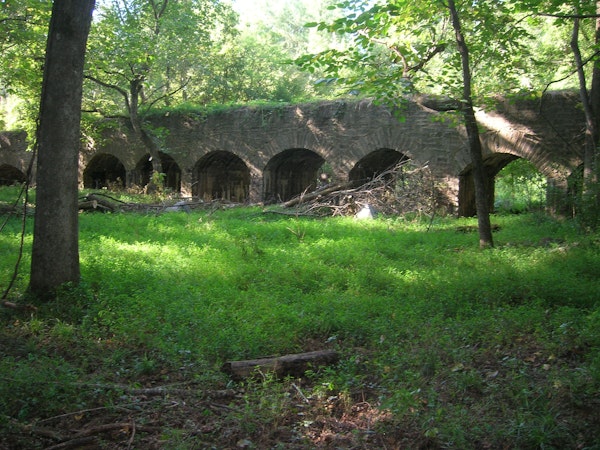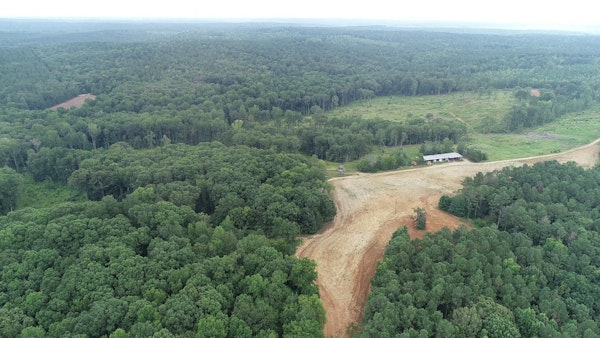Monitoring with Mark - August 2023

Fairfield County is my favorite county to monitor because the topography reminds me so much of southern Pickens County, where I’m from. The abundant mature upland hardwoods, rolling hills, ravines, and numerous granite outcrops of Fairfield County provide habitat to a wide variety of wildlife including fox squirrels, flying squirrels, gray foxes, wood storks, and even some Neotropical migratory birds such as buntings and grosbeaks. Speaking of granite outcrops, did you know that Fairfield County was once home to a booming granite-mining industry? As a matter of fact, South Carolina’s State Stone, blue granite (a.k.a. Winnsboro Blue), was once mined at the former Kincaid-Anderson Quarry which is adjacent to a conserved property that I recently monitored.

Winnsboro Blue can be found in buildings up and down the east coast including the Land Title and Trust building in Philadelphia, PA and the Customs Building in Baltimore, MD. Legend has it that the stone foundation of South Carolina’s first state house (circa 1786) which was a wood-frame, Georgian style structure that stood closer to Assembly Street than the present-day state house, was granite quarried in Fairfield County and hauled by wagons to Columbia. Several homes in Columbia and other parts of the state were also built using Winnsboro Blue, as was this fence located on a historic property near the conservation easement that I monitored.

When the mine opened in the late 19th century, there weren’t many experienced stonecutters in these parts so immigrants from Italy and Scotland were hired and houses were built for them near the quarry. Two of the stone houses that were built for these workers are still standing on the conservation easement.

Operating from the 1890s until 1986 and known simply as Anderson Quarry at the time of its closing, the mine’s two pits yielded an enormous amount of stone. When a private railroad was constructed at the mine in the 20th century, the quarry really began to rock and roll. Two coal-burning locomotives were used to haul 10-ton sections of granite to nearby Rion where larger railway systems were used to transport the stone to finishing plants. This elegant arched railroad bridge located on the conservation easement was constructed using granite from the mine.

Despite having to seek shelter from a brief summer afternoon gully washer, I had a wonderful day monitoring this beautiful property that boasts a fascinating history!


